Internal Medicine in Indore
Internal Medicine: Promoting Well-being and Quality of Life for Adults
Are you in need of specialized Internal Medicine treatment in Indore? Look no further than Jupiter Hospital, where our Department of Internal Medicine offers a comprehensive range of services dedicated to diagnosing, treating, and preventing various medical conditions in adults.
Our department is led by a team of board-certified physicians who are experts in their respective fields. They are committed to developing personalized treatment plans aligned with the patient's best interests while maintaining high standards of quality and safety. Our primary focus is on achieving excellence.
Our Internal Medicine hospital in Indore collaborates closely with experts from various medical specialties, utilizing a multidisciplinary approach. Depending on the patient's comprehensive evaluation and assessment, they may be referred to one of our specialized departments. Our network encompasses the following super-specialty areas:
- Infectious Disease
- Cardiology
- Nephrology
- Gastroenterology
- Rheumatology
- Pulmonology
- Hematology
- Oncology
- Endocrinology
- Critical Care
Team
Looking for the Internal Medicine in Indore
Internal medicine is a specialized field of medicine dedicated to delivering primary and consultative care to adults dealing with a wide range of health conditions. This encompasses preventive measures, diagnostic processes, assessments, and non-surgical treatment approaches.
Our Internal Medicine department at Jupiter Hospital is focused on providing a comprehensive range of patient-centered services, all conveniently located under one roof, ensuring easy access to high-quality healthcare. Our approach includes:
- Thorough Evaluation: Our experienced medical professionals conduct physical examinations and gather health information, including a comprehensive review of your medical history.
- Specialized Consultations: In cases requiring a more specialized approach, our internists collaborate closely with specialists to ensure you receive highly tailored care and treatment.
- Comprehensive Testing: We conduct thorough medical tests and screenings to establish a robust diagnosis, allowing us to create a personalized treatment plan tailored to your specific needs.
- Patient Education: We prioritize patient education to ensure you are well-informed about your condition. We encourage transparent communication, and no decisions are made without your knowledge and consent.
- Treatment Options: Based on our diagnosis, we recommend appropriate treatment options, which may involve medications or alternative interventions aimed at alleviating your condition or managing your symptoms.
Our Internal Medicine hospital in Indore is well-equipped to address a diverse range of medical conditions. Mentioned below are the areas where we excel:
- Abdominal Discomfort: Whether acute or chronic, abdominal discomfort can have various causes, often related to gastrointestinal issues. Our team investigates the underlying factors to provide customized care.
- Infectious Diseases: Both dengue and malaria are mosquito-borne viral illnesses, and are potentially life-threatening. Symptoms may include fever, chills, and headaches. These diseases can also lead to Pyrexia of unknown origin and lead to complications like sepsis. We provide precise diagnosis and guidance throughout the treatment.
- GI Disease: Vomiting and diarrhea can result from a range of factors, including gastrointestinal issues, hangovers, pregnancy, and other issues. We identify the underlying causes and provide effective solutions.
- Arthritis: Arthritis encompasses various conditions marked by joint inflammation and pain. We address different types of arthritis, such as gout, osteoarthritis, rheumatoid arthritis, and spondyloarthropathies.
- Cholesterol Management: Elevated cholesterol levels can lead to serious health problems. We offer guidance and interventions to effectively manage cholesterol levels.
- Congestive Heart Failure: We offer care for individuals with disrupted blood flow to the heart, characterized by weakness, fatigue, and breathlessness.
- Respiratory Infection & COPD: COPD is a progressive condition affecting the airways. Other respiratory conditions include general malaise and fever, and we offer support for conditions like flu, strep throat, bronchitis, and sinusitis.
- Dermatitis: Skin irritation and inflammation can result from various factors. We address different types of dermatitis and offer a range of effective management solutions.
- Diabetes: We specialize in managing this chronic metabolic disorder, which can manifest in various forms, including Type 1, Type 2, and Gestational diabetes.
- Hypertension: High blood pressure can lead to severe complications if not managed correctly. We provide guidance and support for managing hypertension.
- Sinusitis: Our team can diagnose and treat sinusitis, which involves inflammation in the paranasal sinuses.
- Urinary Tract Infections (UTIs): We offer care for UTIs, which are more common in women and can vary in terms of severity and recurrence.
- Obesity: We address obesity through dietary modifications, increased physical activity, or surgical interventions, as needed.
- Liver Disease & Hepatitis: Liver disease and hepatitis can significantly impact one's health and quality of life if left untreated. Our comprehensive approach includes diagnostics, treatment, and lifestyle management to promote liver health and combat hepatitis infections effectively. We offer personalized care and resources to empower individuals in their journey towards liver wellness.
Select Jupiter Hospital for comprehensive Internal Medicine treatment in Indore, where we emphasize patient-centered care and a commitment to your well-being.
Patients Speak
Hear the heartwarming stories of patients overcoming difficult afflictions













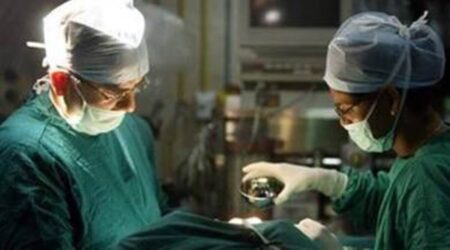


 View Map
View Map Book an Appointment
Book an Appointment Find a Doctor
Find a Doctor Health Check-up
Health Check-up



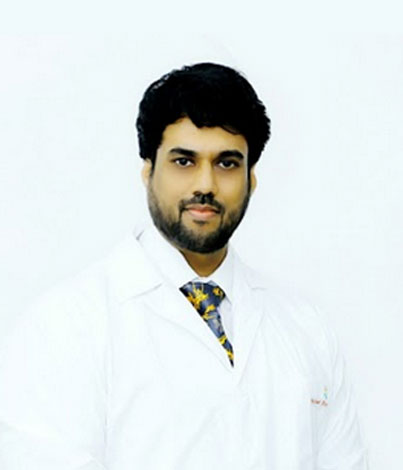

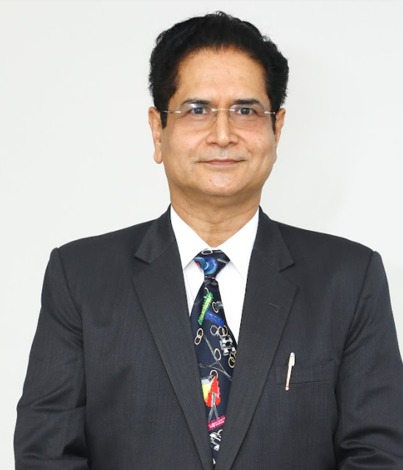
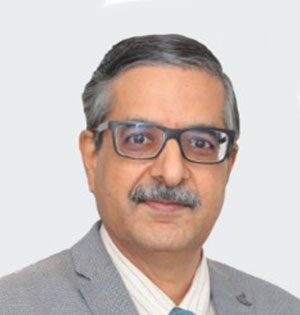
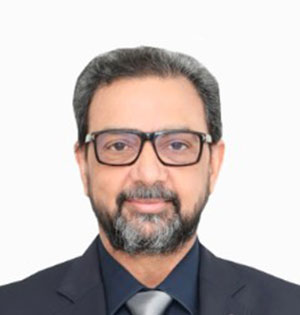
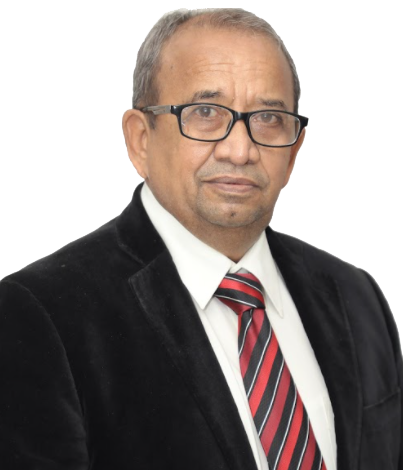

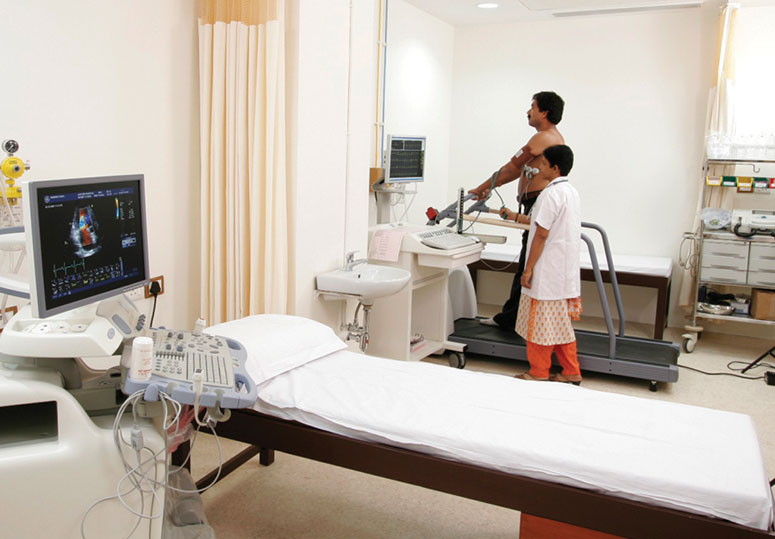
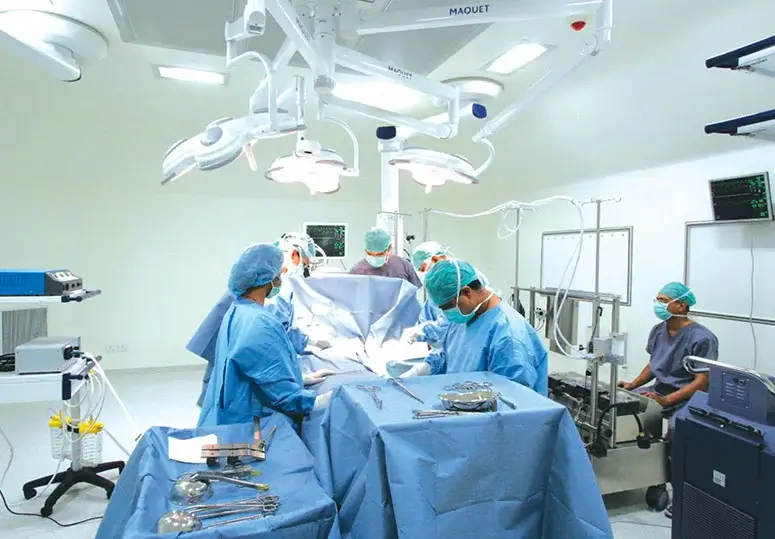





 Find a Doctor
Find a Doctor Health Checkup
Health Checkup Book an Appointment
Book an Appointment